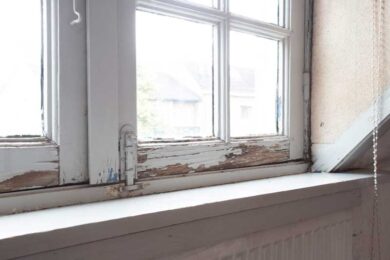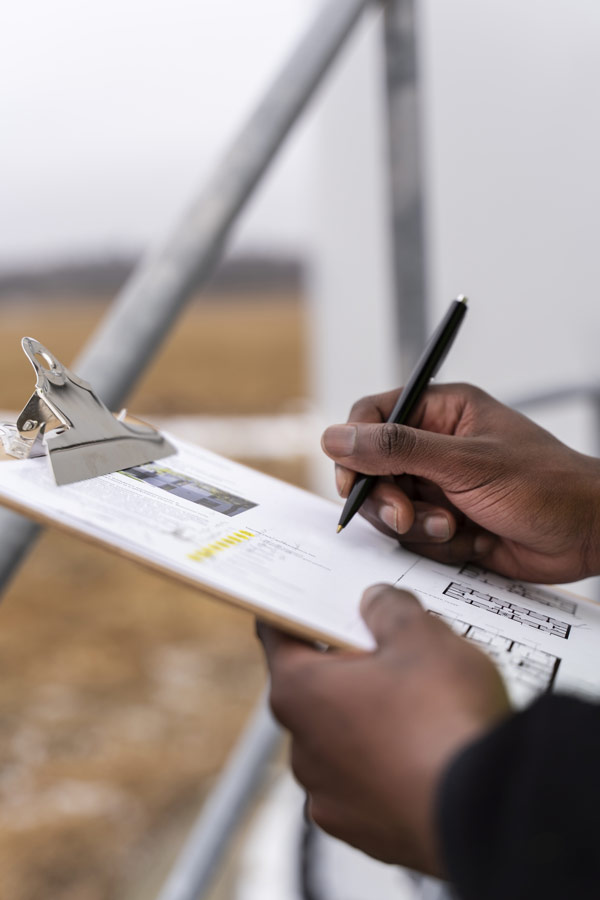Specialist Lead Paint Removal Company-- Serving All NYC Boroughs
Specialist Lead Paint Removal Company-- Serving All NYC Boroughs
Blog Article
Ideal Practices for Guaranteeing Safe and Detailed Lead Violation Abatement
Resolving lead infraction reduction requires a multi-faceted method to guarantee both safety and security and conformity. First evaluations using sophisticated detection methods such as XRF analyzers set the stage for an exact understanding of contamination levels. Integrating proper containment strategies, consisting of impermeable obstacles and HEPA purification, coupled with using individual safety equipment (PPE) for workers, develops the foundation of a secure operation. Meticulous cleaning methods, featuring HEPA vacuuming and wet-wiping, are vital. It's the final clearance procedure, involving comprehensive assessments and research laboratory screening, that really validates a lead-free environment, making sure long-term safety. Just how do these practices adjoin to ensure extensive lead abatement?

Preliminary Assessment
Carrying out a first assessment is a critical initial step in lead offense reduction. This stage incorporates a thorough analysis of the residential or commercial property to identify the existence, degree, and certain locations of lead-based hazards. Qualified experts, such as licensed lead examiners or risk assessors, should carry out a comprehensive website examination, utilizing devices like X-ray fluorescence (XRF) analyzers to precisely find and gauge lead focus in paint, dirt, dirt, and water.
The assessment must additionally include a testimonial of the building's background, previous records, and any issues or health and wellness problems reported by passengers - Lead Removal Contractors. Documenting the searchings for thoroughly is important, as these records develop the basis for developing a reliable abatement strategy. A complete analysis likewise involves tasting and research laboratory analysis, which are essential to validate the visibility of lead and overview succeeding actions
Furthermore, it is necessary to interact the results transparently to all stakeholders, including homeowner, lessees, and governing authorities. By making sure that the initial evaluation is carried out with accuracy and rigor, professionals can lay a solid structure for a targeted and efficient lead reduction procedure, ultimately guarding public health and wellness and guaranteeing compliance with regulatory requirements.
Proper Containment
Proper containment is crucial to prevent the spread of lead contaminants throughout abatement tasks. Successfully managing containment minimizes the danger of lead dirt and particles moving to non-work areas, thereby guarding both the setting and individuals outside the immediate work zone. To attain proper containment, an airtight obstacle of plastic sheeting have to be developed around the workspace, making sure all joints and edges are safely sealed. Lead Removal Contractors. This barrier ought to prolong from floor to ceiling and be taped down to stop any kind of leakages.

Regular examinations of the control area are necessary to check for breaches or weak points in the barrier. Any kind of identified issues must be promptly resolved to preserve the honesty of the control. By adhering to these methods, abatement tasks can effectively regulate lead contamination and alleviate connected wellness risks.
Employee Protection
Making sure worker defense is paramount during lead reduction projects to stop work-related direct exposure to hazardous lead bits. Vital procedures consist of the use of individual protective devices (PPE) such as respirators, gloves, and full-body fits especially developed to block lead dust and fumes. Workers need to undergo thorough training on the right use and maintenance of PPE, including fit testing for respirators to ensure maximum effectiveness.
Engineering controls, such as neighborhood exhaust ventilation systems, are vital in lessening airborne lead concentrations in the job environment. Administrative controls should additionally be implemented, including limiting the duration of direct exposure and revolving workers to decrease specific direct exposure times. Routine medical surveillance and biological surveillance are essential for very early discovery of lead absorption, allowing timely treatment and treatment.
Furthermore, establishing a decontamination method is vital. Employees have to follow rigid purification procedures before breaks and at the end of their shift to avoid lead dust from being brought click here to read outside the workspace. This consists of detailed hand and face cleaning with lead-specific cleaner and altering out of infected clothes.
Thorough Clean-up
Preserving a safe workplace extends beyond worker protection and includes careful cleanup to make sure lead fragments are extensively eliminated from the site. The procedure of precise clean-up is critical in stopping the recontamination of the mellowed out location and safeguarding both present and future owners.
To achieve a thorough cleanup, all job locations have to be methodically decontaminated. This includes using specialized HEPA (High-Efficiency Particulate Air) vacuum cleaner cleansers and wet-wiping techniques to record and eliminate fine lead dust that may have decided on surface areas. It look at these guys is important to clean up all straight surface areas, including floorings, window sills, and counter tops, along with vertical surface areas that may have caught lead fragments.
Workers need to wear suitable personal protective equipment (PPE) throughout clean-up to stay clear of direct exposure to recurring lead dust. Utilized cleaning products such as wipes, sponges, and mop heads should be dealt with based on contaminated materials disposal guidelines.

Final Clearance
Final clearance is the critical wrapping up stage of lead abatement that figures out whether the website is safe for reoccupation. This important step includes detailed assessment and testing to confirm that all lead risks have actually been properly removed. The process starts with a go to website visual assessment by a qualified lead-based paint examiner or threat assessor to make certain no visible dust or particles remains. This is complied with by gathering dust wipe samples from various surface areas, including floors, windowsills, and other horizontal surfaces. Lead Removal Contractors.

Final clearance screening not only protects future owners however also makes sure conformity with neighborhood, state, and government regulations. Moreover, it offers as a recorded validation of the reduction contractor's adherence to industry ideal techniques. Making sure a complete and effective final clearance is important in protecting public health and promoting count on the reduction procedure.
Conclusion
Guaranteeing safe and thorough lead violation abatement requires a complex approach including first analyses with sophisticated detection techniques, efficient control techniques, strict employee defense methods, and precise cleaning treatments. The last clearance stage, including thorough inspections and research laboratory testing, is critical to confirm conformity with EPA requirements. Adherence to these best practices ensures a secure setting for owners, alleviates wellness dangers, and upholds governing demands, therefore advertising public health and safety and security in lead-affected locations.
Report this page